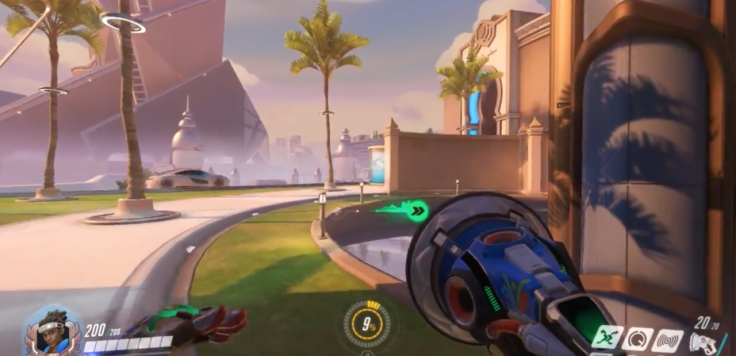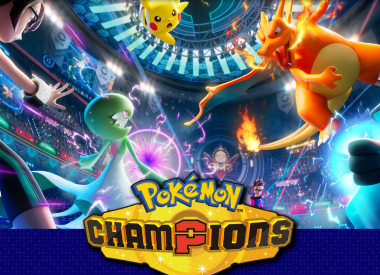At the DICE Summit in Las Vegas, Jeff Kaplan, VP at Blizzard and Overwatch game director, spoke about the origins of Overwatch, its brightness and positivity, and the inclusivity and open-mindedness that led to Overwatch ’s wide appeal (and huge profits).
Kaplan shared the story of how Overwatch was born out of Blizzard’s attempt at a World of Warcraft follow-up MMO called Titan . Canceled in May 2013, Titan ’s failure affected the jobs of 140 Blizzard developers, said Kaplan.
Ultimately, 80 people were permanently assigned to other Blizzard games and 20 worked on other Blizzard projects for lengths of time ranging from six months to two years. The rest were told to come up with a new concept for Blizzard. They had two weeks. “It was a daunting, almost devastating concept,” said Kaplan.
The Overwatch development team based their concept around a slogan repurposed from Titan : “A future worth fighting for.” The team was drawn towards the idea of “a bright and hopeful world” and decided to imagine a future on planet Earth.
“We asked ourselves, ‘What's cool about planet Earth?’ so that we'd want to make a Blizzard game that takes place there,” he said. “What’s the near-future of earth, but in a positive way?
The games they looked at for inspiration all envisioned bleak, grim futures for Earth: The Last of Us , Fallout 4 , Call of Duty and Battlefield. But Blizzard had already examined how players reacted to oppressive environments like those found in the World of Warcraft expansion Burning Crusade .
“Oppressiveness causes fatigue,” said Kaplan. The future of Earth needed to be inviting, so that players wanted to spend time there. For that reason, the team prioritized making the game “hospitable” and as “inclusive as possible.” Why else would players spend hundreds of hours in that world? How else to create a world players enjoyed and wanted to spend time in?
The future also needed to be worth fighting for. Kaplan and the team created bright, idealized locations, prioritizing the feel of an environment over strict fact. “Fantasy is greater than reality,” said Kaplan.
Inclusivity was as important for the player characters as for the environments. “What we cared about a game and a game universe and a world where everyone felt welcomed,” Kaplan said. “What the goal was was inclusivity and open-mindedness…Diversity is a beautiful end result when you embrace inclusivity and open-mindedness.”
Kaplan pointed out Ana, an older woman and a mother, as an example of a character rarely seen in Overwatch’s genre. He also pointed out McCree as a fun, light-hearted way to play with stereotypes. Finally, he discussed Tracer, Overwatch ’s cover hero. “It's important to show normal things that are normal,” he said. “Tracer is first and foremost a time-traveling bad-ass. But it is different to have an LGBT character on the cover and it's something we're proud of.”
“We have no political motivations whatsoever,” Kaplan added, “but it’s fascinating to see that the values of the Overwatch team are being embraced by the community in its own positive way.”
Kaplan closed by stating that while realism and grittiness were still important and still had a place in games, “There is room for positivity and inclusiveness in our industry as well.”
Did you enjoy this peek into the development of Overwatch and the processes that drove its team? Feel free to let us know in the comments section below.
- Amazing Art Style
- Balanced Mechanics
- Characters Keep You Coming Back For More
- No Single Player
- Overwhelming At First



















